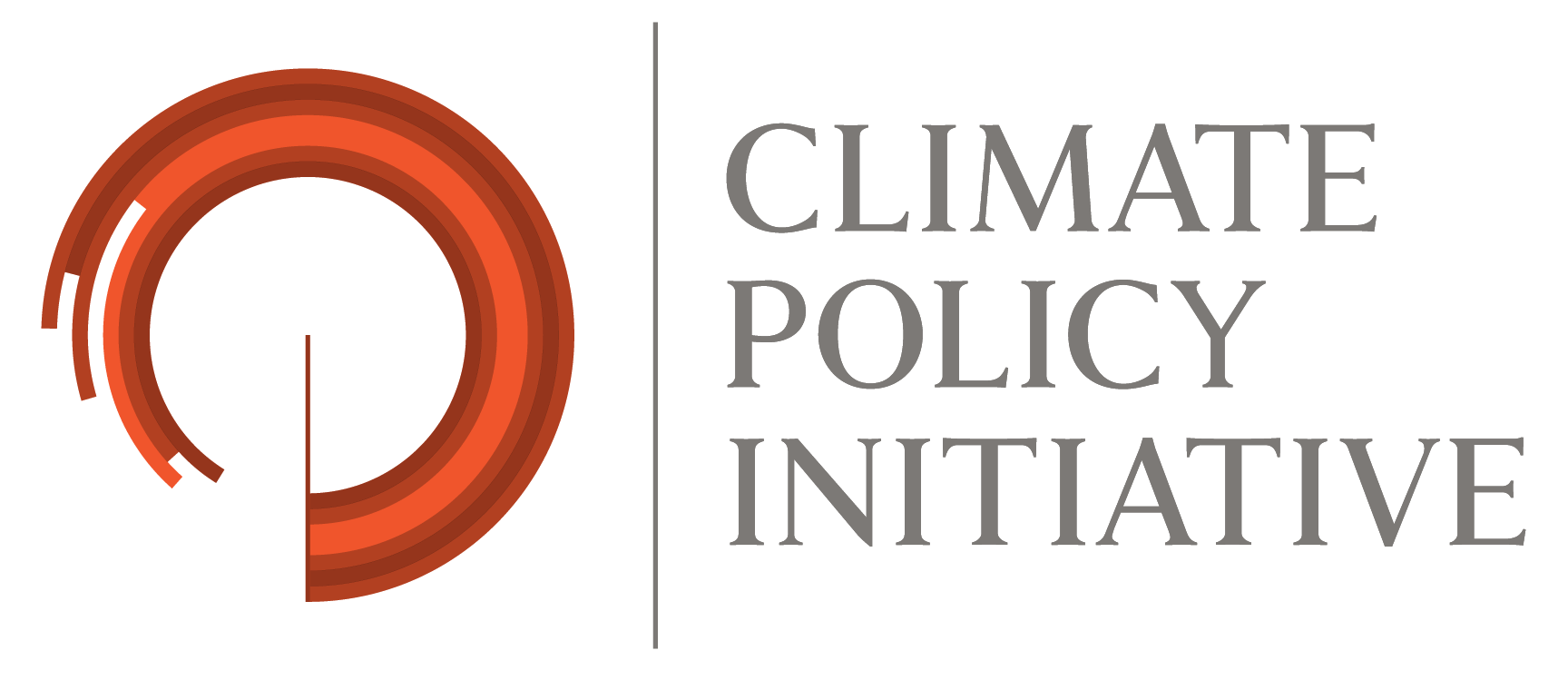The Landscape of Green Finance in India tracks flows to real economy sectors—clean energy, clean transportation, and energy efficiency—as well as to some adaptation sectors. The study considers both public and private sources of capital—domestic as well as international—to track the flow of finance from the source to the end beneficiaries through different instruments.
India continues to expand its green finance flows.
India’s tracked green finance reached an all-time high in 2021/22, but more investment is required to meet the country’s climate targets.
However, given India’s high vulnerability to the impacts of climate change, adaptation investment needs are likely to increase.
Sources and sectors of finance for mitigation
Finance for mitigation was primarily domestically sourced (83%) in 2021/22. International finance increased to 17% (INR 620 billion/USD 8.3 billion) of India’s total finance for mitigation from around 15% in 2019/20.
Sources and sectors of finance for adaptation
Tracked finance for adaptation continued to be dominated by domestic sources, though international finance for adaptation increased by 19% in 2021/22 on 2019/20. Finance for adaptation increased partly due to the tracking of an additional sector.
Concluding observations
India needs to urgently scale green finance to enable low-carbon and climate-resilient development. Based on this report’s findings, CPI proposes the following priorities:
1. Coordinated action to scale up green finance at a faster pace
- Creating market-based incentives, innovative financial products, and de-risking investments to accelerate green finance.
- Augmenting development banks’ and FIs’ important roles in mobilizing green finance through interventions that direct capital to green initiatives.
2. Enhancing finance for adaptation
- Fostering concerted effort and collaboration across various ministries and departments.
- Ensuring that state-level adaptation plans indicate estimated adaptation funding gaps, including sectoral gaps, to boost understanding of where finance needs to flow.
- Boosting private sector investment in adaptation by using public finance.
3. Furthering policy and regulatory measures to mobilize green finance across all sectors, by:
- Developing and operationalizing a green/climate finance taxonomy.
- Introducing national and subnational level legislation and regulations for adaptation.
4. Making coordinated efforts across data collection, reporting, and access
- Standardizing and mandating disclosures.
- Increasing availability and accessibility of climate finance data.
- Putting in place an integrated domestic measurement, reporting, and verification (MRV) system.

